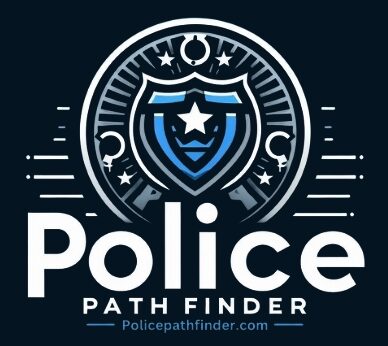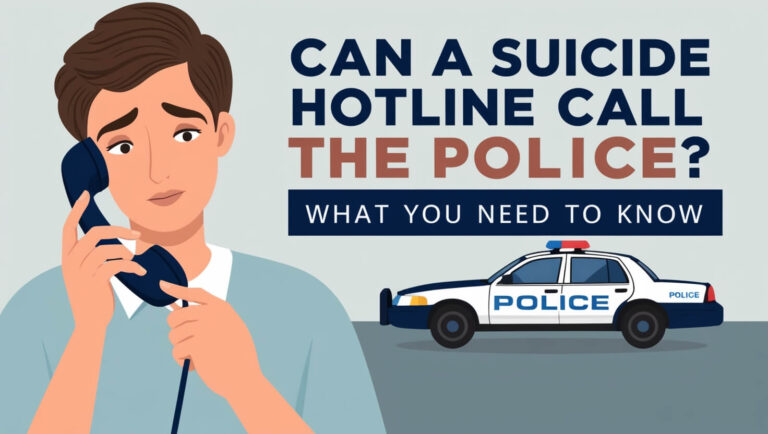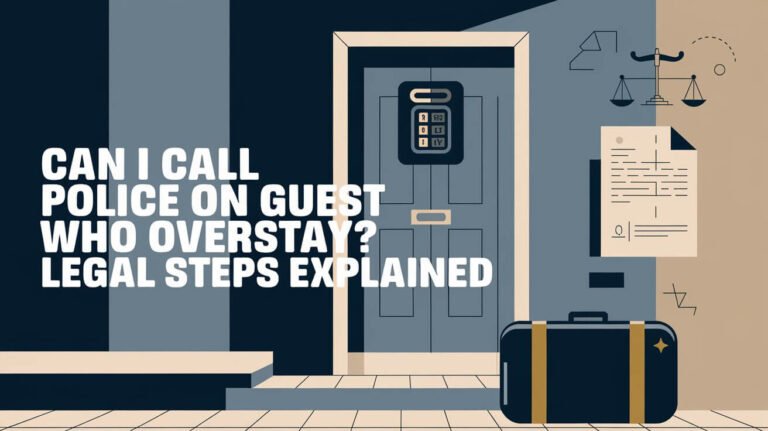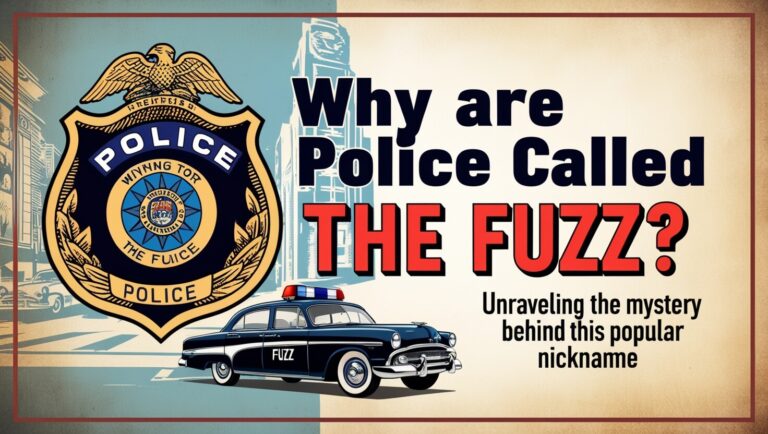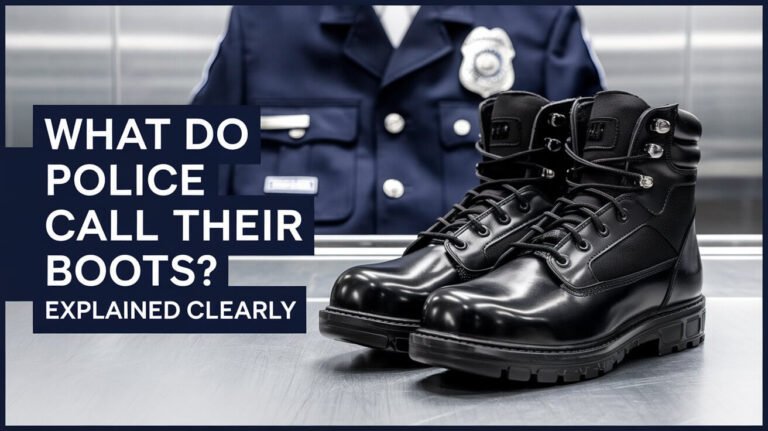Does Police Have To Show Their Warrant Card If You Tell Them?
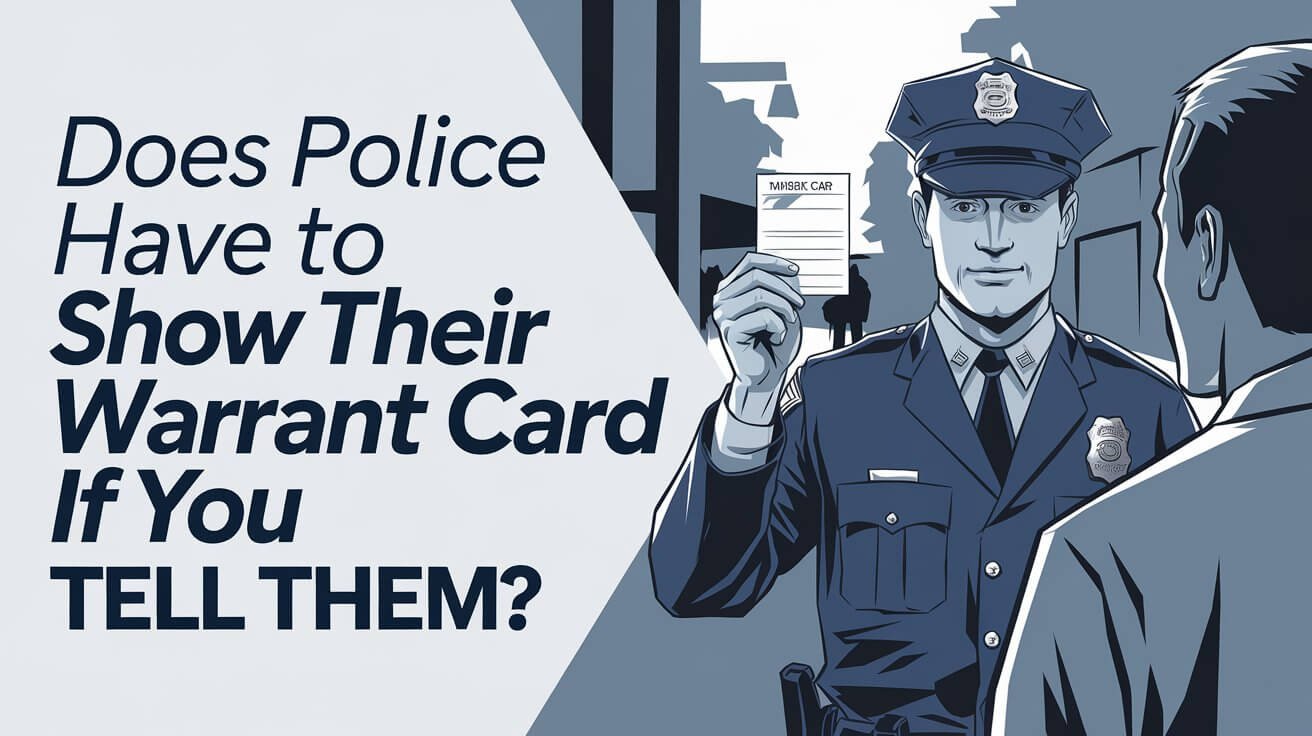
In the United States, the relationship between law enforcement and citizens is complex. It involves both rights and responsibilities. A common question is whether police must show their warrant card or ID if asked by a citizen.
The answer to this question is tied to constitutional protections, state laws, and police power. It’s not a simple yes or no.
Legal Requirements for Police Identification During Encounters
Dealing with the police can be tricky. People have rights like staying silent and asking for a lawyer. In some places, you must give your name when stopped. But in Iowa, you don’t have to.
Constitutional Rights During Police Interactions
When stopped, drivers must show their license and insurance. But, you can say no to a vehicle search unless there’s a crime reason. This is a basic right.
Differences Between State and Federal Requirements
Laws about police ID vary by state. Some states, like Nevada, have strict rules. But others, like Wisconsin, don’t. Knowing your local laws helps protect your rights.
Warrant Card Components and Authentication Features
Police warrant cards have photos, names, and ranks. They also have a hologram for realness. The unique warrant number helps keep things honest.
Does Police Have To Show Their Warrant Card If You Tell Them
Police officers must show their warrant card when asked, unless it’s not practical. This rule applies whether they’re in uniform or not. If they’re in plain clothes, they should identify themselves and show their card if it’s easy to do.
Remember, a police officer’s authority comes from who they are, not just their card. There are times when the card isn’t needed, like for certain police services. Knowing your rights and the local police policies can make interactions better.
| Key Points | Details |
|---|---|
| Uniform Officers | Generally required to produce warrant card when requested, if practical |
| Plain-Clothes Officers | Typically required to identify themselves and show warrant card when performing police duties, if practical |
| Exceptions | Power of a constable is in the person, not the warrant card; specific police services may not require warrant card |
Understanding police ID rules and your rights helps you deal with police better. Knowing when to ask for a warrant card and when it’s okay to skip it can help you stand up for your rights. It also keeps the interaction friendly and open.
Rights and Responsibilities When Dealing With Law Enforcement
When you talk to the police, you have key rights and duties. Knowing these can protect your citizen rights during police encounters. It also makes sure the process is fair and legal.
Right to Remain Silent During Questioning
You have the right to stay quiet and not answer police questions without getting in trouble. This is a big protection under the Fifth Amendment. But, some places might ask for your name during a stop.
Exceptions to Identification Requirements
Drivers must give ID, vehicle papers, and insurance during a traffic stop. But, you don’t have to tell who you are to police unless they think you’ve done something wrong.
Documentation of Police Misconduct
If you think you’ve been treated unfairly or your rights during police interactions have been broken, document it. Get the officer’s name, badge number, and any witnesses. If hurt, see a doctor and talk to a lawyer or ACLU office. You might also want to file a complaint.
Police Authority and Identity Verification Standards
Police officers in the United States carry a warrant card. It’s official ID that shows their state or federal authority. This card lists what they can do, like making arrests or using special equipment.
The warrant card is different from a regular police badge or wallet. These items don’t give legal power. The card’s text and endorsements clearly show the officer’s role and their identification and police warrant requirements.
Some places have warrant cards with extra security like holograms or chips. These features help prove the card is real. They make it easier for people to know if an officer is who they say they are.
Police can ask questions and ask for ID in public. But, people don’t always have to give out personal info or follow these requests. What an officer can do and what the public’s rights are change based on where you are.
Types of Law Enforcement Credentials and Their Validity
Law enforcement agencies in the United States give out many different credentials. Each one has its own special features and levels of power. It’s important for citizens to know about these to understand their rights when dealing with police.
Standard Police Identification Features
The most common police ID is the warrant card or badge. These IDs show the officer’s photo, name, rank, and ID number. They prove the officer’s authority and help verify their identity when they meet the public.
Special Unit and Undercover Officer Credentials
Some police get special IDs for their work in special units or undercover. These IDs might give them extra powers or access. For instance, in the UK, the National Crime Agency has “triple-warranted” investigators with many enforcement roles.
Digital Verification Methods
Some police are starting to use digital ways to show their ID. This includes apps or online sites that let officers show their ID online. But, not all places use these digital IDs yet.
| Credential Type | Features | Typical Authorities |
|---|---|---|
| Standard Police Warrant Card | Photo, name, rank, unique ID | General law enforcement powers |
| Special Unit Credentials | Additional powers (e.g., customs, immigration) | Specialized enforcement capabilities |
| Undercover Officer Credentials | Concealed identity, greater access | Infiltration and investigation of criminal activities |
| Digital Verification | Electronic display, online validation | Varies by jurisdiction and implementation |
Proper Procedures for Requesting Police Credentials
When you meet a police officer, you can ask to see their ID. It’s important to be calm and polite. Officers in plain clothes should show their ID when they can. In some places, they must give their name and badge number if asked.
To ask for police credentials the right way, do this:
- Ask the officer nicely to show their ID or badge.
- If they say no, you can say, “I have the right to see your credentials.”
- If they keep saying no, ask for their name, badge number, and who they report to.
- Write down what happened, like the date, time, and where it was.
- If you think your rights were broken, you can file a complaint or talk to a lawyer.
Remember, you can ask for an officer’s ID, but stay calm and don’t make things worse. By doing things the right way, you can stand up for your rights and be respectful to the police.
| Percentage of Individuals | Rights |
|---|---|
| 100% | Have the right to remain silent |
| 100% | Have the right to refuse consent to a search of themselves, their car, or their home |
| 100% | Have the right to calmly leave if not under arrest |
| 100% | Have the right to a lawyer if arrested |
| 100% | With immigration or citizenship status have constitutional rights |
Legal Protections During Police Encounters
We all have important legal rights when dealing with police. The Fourth Amendment protects us from unfair searches and seizures. This means police usually need a warrant or your okay before searching your stuff.
Fourth Amendment Safeguards
Warrants must be specific, like where to search and what to look for. There are rare times when police can search without a warrant, like in emergencies. Knowing your fourth amendment protections helps keep your rights safe during police stops.
State-Specific Legal Provisions
States also have their own rules to protect citizens. These laws might add extra steps for police to follow. It’s key to know the laws in your state to protect your rights during police interactions.
Documentation Requirements
- Write down all details of your police encounters, like officer names and badge numbers.
- This info is vital if you need to report police misconduct or go to court.
- Apps like the ACLU’s “Mobile Justice” can also help document and report police actions.
Knowing your rights and how to stand up for them is important. It helps make sure your fourth amendment protections are respected when you meet with police.
Police Transparency Requirements Across Jurisdictions
Police transparency policies and accountability measures differ across the United States. Some states and cities have strong transparency rules. Others are slower to follow, affecting public trust in law enforcement.
In the United Kingdom, police officers use warrant cards to identify themselves. These cards prove they are sworn law enforcement. Canada’s Royal Canadian Mounted Police also use warrant cards. Some cities, like Toronto and Edmonton, have their own designs, with Edmonton’s being the first with Braille.
| Jurisdiction | Police Transparency Policies | Police Accountability Measures |
|---|---|---|
| United Kingdom | Warrant cards are standard for police officers | Warrant cards confirm the bearer’s status as a sworn law enforcement official |
| Canada | Royal Canadian Mounted Police issue warrant cards | Some local police forces have unique warrant card designs, with Edmonton being the first to include Braille lettering |
| United States | Varies across jurisdictions, with some states and municipalities implementing more comprehensive transparency requirements | Efforts to enhance public trust and oversight of law enforcement activities, though implementation varies |
In the United States, police transparency and accountability vary widely. Some places have strict rules, while others lag behind. This affects how much the public trusts and oversees law enforcement.
Common Misconceptions About Police Identification Laws
Understanding your rights with law enforcement can be tricky. Many people think police must always show their warrant card when asked. But, there are times when this isn’t possible.
Another myth is that not having a warrant card means an officer can’t do their job. The truth is, an officer’s authority comes from who they are, not just their card. Knowing the difference between various IDs is key to understanding police interactions.
- Myth #1: Police officers must show their warrant card if you ask them to, no matter what.
- Myth #2: If an officer doesn’t have a warrant card, they don’t have the authority to stop or question you.
- Myth #3: Warrant cards, badges, and other forms of identification are all the same and carry the same weight.
It’s important to clear up these myths to better handle police interactions. Knowing the details of ID laws helps protect your rights and understand police powers.
Response Options When Officers Refuse to Show Credentials
If a police officer won’t show their ID, stay calm and be polite. Look at their uniform, badge numbers, and any cars they’re in. This info is useful if you need to report a problem later.
If you doubt the officer’s identity or actions, ask to talk to a boss. The boss can check the officer’s ID and fix any problems. Keeping calm and respectful is key when dealing with police.
If you think your rights were broken, write down what happened and talk to a lawyer. You can also file a complaint with the police. Remember, safety first, but there are ways to make sure police act right. Knowing your rights and acting on them helps keep everyone safe and fair.
Common Queries
Do police officers have to show their warrant card if I request it?
Police officers usually must show their warrant card when asked. This is true even if they are in uniform. But, they only do this if it’s easy to do so. When they are in plain clothes, they must identify themselves and show their card if they are doing police work.
What information is typically included on a police officer’s warrant card?
A warrant card has the officer’s photo, name, rank, and a special number. This number is unique to them, unlike a collar number.
What are the legal requirements for police identification during encounters?
You have the right to stay silent when talking to police. You don’t have to answer their questions, except in certain cases. It’s a good idea to talk to a lawyer before answering any questions. Only a judge can usually make you answer questions.
What are the differences between state and federal requirements for police identification?
In some places, you must give your name when stopped and asked. Drivers must show their license, registration, and insurance when pulled over. A warrant card shows a police officer’s identity and their authority.
What are the key features that authenticate a police officer’s warrant card?
A warrant card is different from badges or wallets. It shows the officer’s authority. It has a unique number and might have a hologram for extra proof.
What are the rights and responsibilities when dealing with law enforcement?
You have the right to stay silent and not answer questions. You must give your name in some places and show your license and insurance during stops. If police treat you badly, document their details, find witnesses, get medical help if needed, and call a lawyer or ACLU office.
What types of law enforcement credentials are there, and how do they differ?
Different agencies give out different credentials. Police IDs have photos, names, ranks, and unique numbers. Special units, like the UK’s National Crime Agency, have investigators with extra powers.
What are the legal protections during police encounters?
The Fourth Amendment protects against unreasonable searches. Police need a warrant or your consent to search homes or offices. Some exceptions apply. Warrants must include the judge’s name, where to search, and what to look for. State laws might offer more protection or rules for police.
How do police transparency requirements vary across jurisdictions?
In the UK, police and some others have warrant cards. In Canada, the Royal Canadian Mounted Police issue them too. Some places, like Toronto and Edmonton, have special designs, with Edmonton being the first with Braille.
What are some common misconceptions about police identification laws?
Some think officers must always show their card when asked. Another myth is that not having a card means an officer has no power. The truth is, the power comes from the person, not just the card.
What should I do if an officer refuses to show their credentials?
If an officer won’t show their card, stay calm and polite. Note their look, badge number, and any car details. Ask for a supervisor if you doubt their identity or actions. If you feel your rights were broken, write down what happened and file a complaint or talk to a civil rights lawyer.
